SOURCE: AFI

QuBeats, an innovative Indian startup in the quantum technology space, is making waves with its cutting-edge work on GPS-denied and spoofed positioning, navigation, and timing (PNT) solutions, aimed at bolstering India’s defense capabilities. Led by founder Rajat Sethi, a distinguished alumnus of IIT Kharagpur and MIT, QuBeats is collaborating closely with the Indian Ministry of Defence (MoD) to mitigate risks in multiple GPS-denied scenarios, a critical need in modern warfare where electronic jamming and spoofing threaten traditional navigation systems.
Sethi’s journey—from a Punjabi refugee family displaced during the 1947 partition to a trailblazer in quantum-based electronic warfare (EW) technology—underscores the startup’s mission to secure India’s strategic edge through indigenous innovation.
Continue readingSOURCE: AFI


In a significant stride toward enhancing India’s maritime defense capabilities, Mazagon Dock Shipbuilders Limited (MDL) marked a key milestone on April 22, 2025, with the signing of the Second Reading acceptance documents (D448) for INS Vela, the fourth Kalvari-class submarine under Project-75.
The ceremony, held at MDL’s headquarters in Mumbai, saw Cmde S B Jamgaonkar (Retd.), Director (Shipbuilding & Heavy Engineering) at MDL, and Rear Admiral R. Adhisrinivasan, Chief Staff Officer (Technical) of the Indian Navy, formalize the agreement in the presence of senior officials from both organizations. This development brings INS Vela closer to full operational commissioning, reinforcing India’s strategic presence in the Indian Ocean Region (IOR) amid rising geopolitical tensions and China’s growing naval footprint.
Continue readingSOURCE: RAUNAK KUNDE / NEWS BEAT / IDRW.ORG
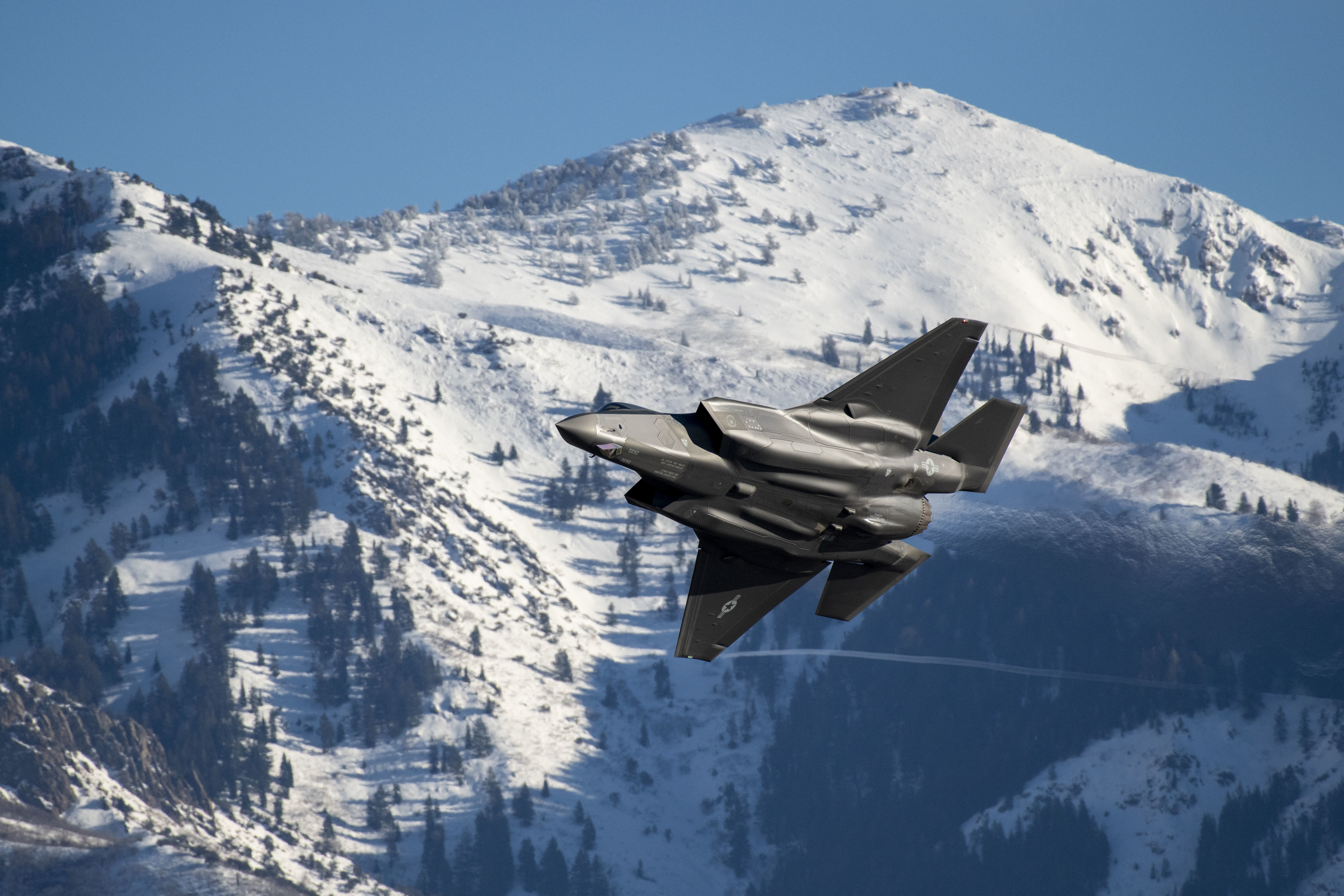

US Vice President JD Vance, speaking at the Rajasthan International Centre in Jaipur, made a compelling case for India to acquire American F-35A stealth fighter jets, stating, “American F-35s will give the Indian Air Force the ability to defend airspace and protect your people.” The remarks came during a four-day official visit to India, accompanied by his wife Usha Vance, their children, and a high-level American delegation. The visit, which includes cultural engagements and high-stakes diplomatic discussions, underscores the growing momentum in India-US defence ties, with the F-35A emerging as a focal point of strategic military cooperation.
US Vice President JD Vance, accompanied by his wife Usha Vance, their children, and a high-level American delegation, arrived in India on April 21 for a four-day official visit aimed at deepening strategic ties between the United States and India. The visit, which includes meetings with Prime Minister Narendra Modi and National Security Adviser Ajit Doval, comes amid reports from American sources suggesting that the US is poised to offer India the coveted fifth-generation F-35A Lightning II stealth fighter jet.
Continue readingSOURCE: RAUNAK KUNDE / NEWS BEAT / IDRW.ORG
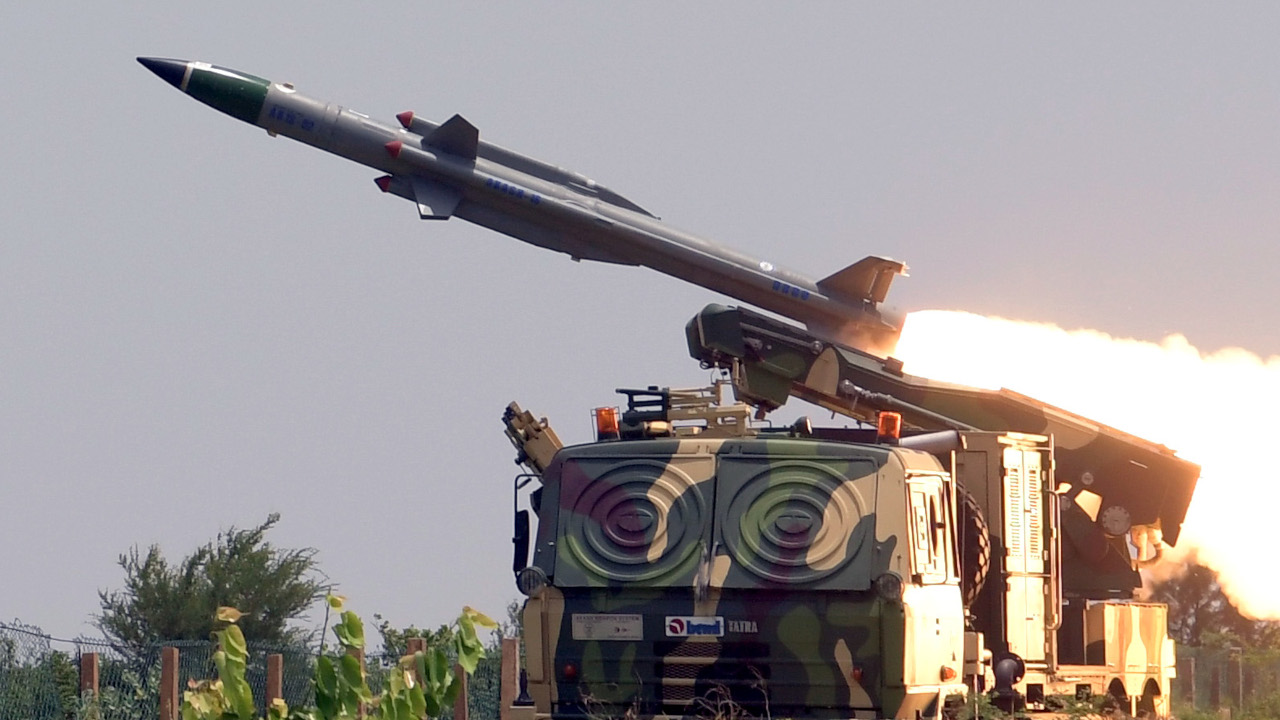

India is positioning itself as a formidable player in Brazil’s ambitious plan to overhaul its air defence capabilities, with the Indian-made Akash surface-to-air missile (SAM) system emerging as a top contender in the South American nation’s Medium/High Altitude Air Defence Artillery System project. Launched under Ordinance EME/C Ex. No. 1,338/2024 in June 2024, the project aims to bolster Brazil’s ability to protect its vast territory and critical installations.
The Akash, developed by India’s Defence Research and Development Organisation (DRDO), is competing head-to-head with China’s Sky Dragon 50, setting the stage for a high-stakes contest that could reshape India’s defence export footprint in Latin America. For Brazil, the Akash represents a significant leap forward from its outdated systems, offering enhanced range, multi-target engagement, and cost-effectiveness, while a potential government-to-government (G2G) deal could expedite procurement and deepen bilateral ties.
Continue readingSOURCE: RAUNAK KUNDE / NEWS BEAT / IDRW.ORG
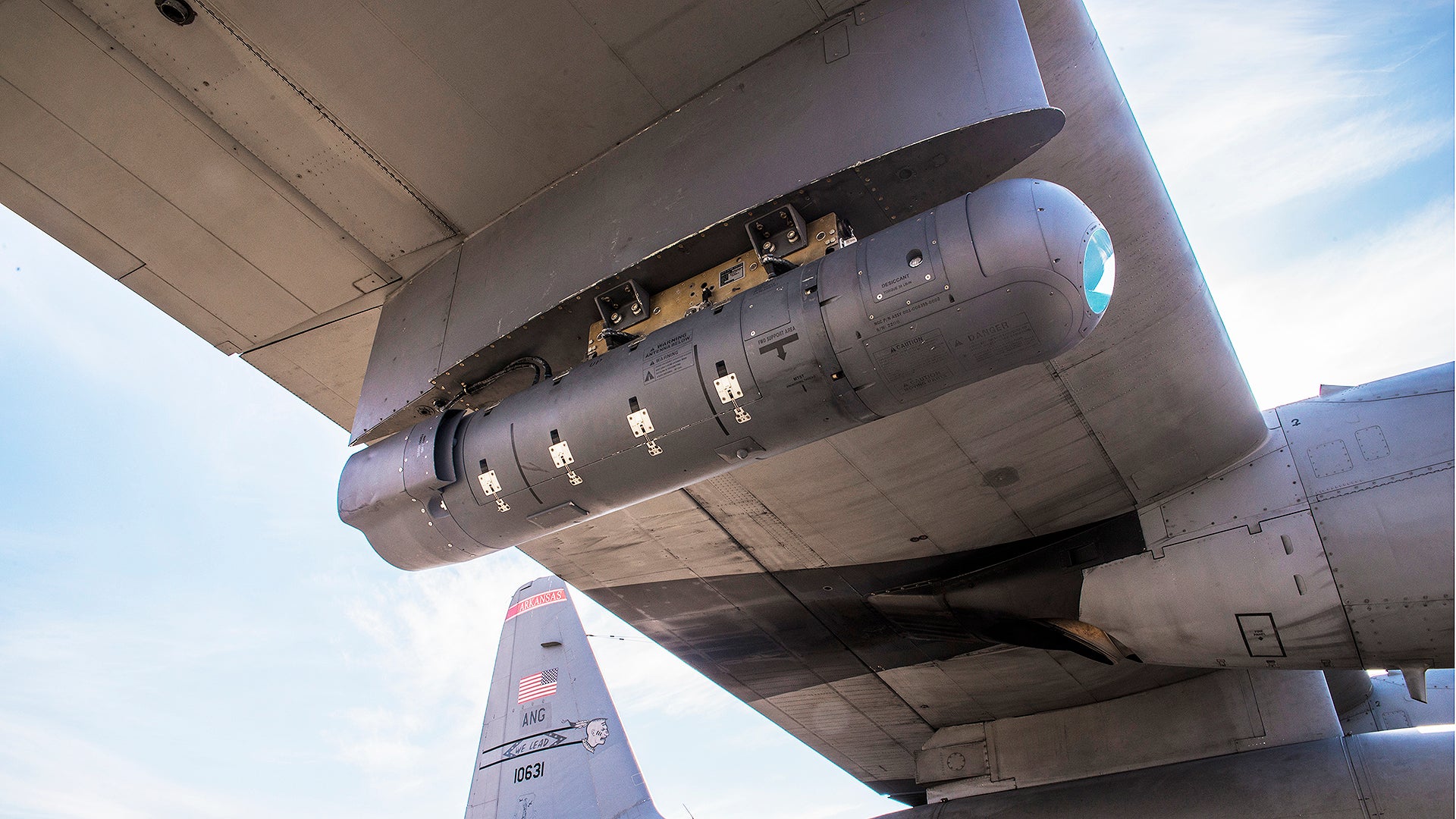

The Indian Air Force (IAF) is actively exploring options to equip its fleet of C-130J Super Hercules transport aircraft with advanced Electronic Warfare (EW) pods, a move aimed at expanding the platform’s role beyond logistics into the realm of electronic combat support. Sources within the IAF indicate that the proposed EW pod would enable the C-130J to detect, characterize, and neutralize enemy radar systems and other EW threats by employing tailored jamming and spoofing techniques. This development could leverage indigenous technology from the Defence Research and Development Organisation (DRDO), which has already delivered EW systems for India’s fighter jet programs.
The C-130J, a versatile four-engine turboprop aircraft manufactured by Lockheed Martin, has been a workhorse for the IAF since its induction in 2010. With 12 aircraft in service, primarily based at Hindon and Panagarh airbases, the fleet excels in tactical airlift, special operations, and disaster relief missions. Integrating an EW capability would transform select C-130Js into multi-role assets, enhancing the IAF’s ability to operate in contested environments and support frontline combat aircraft.
Continue readingSOURCE: AFI
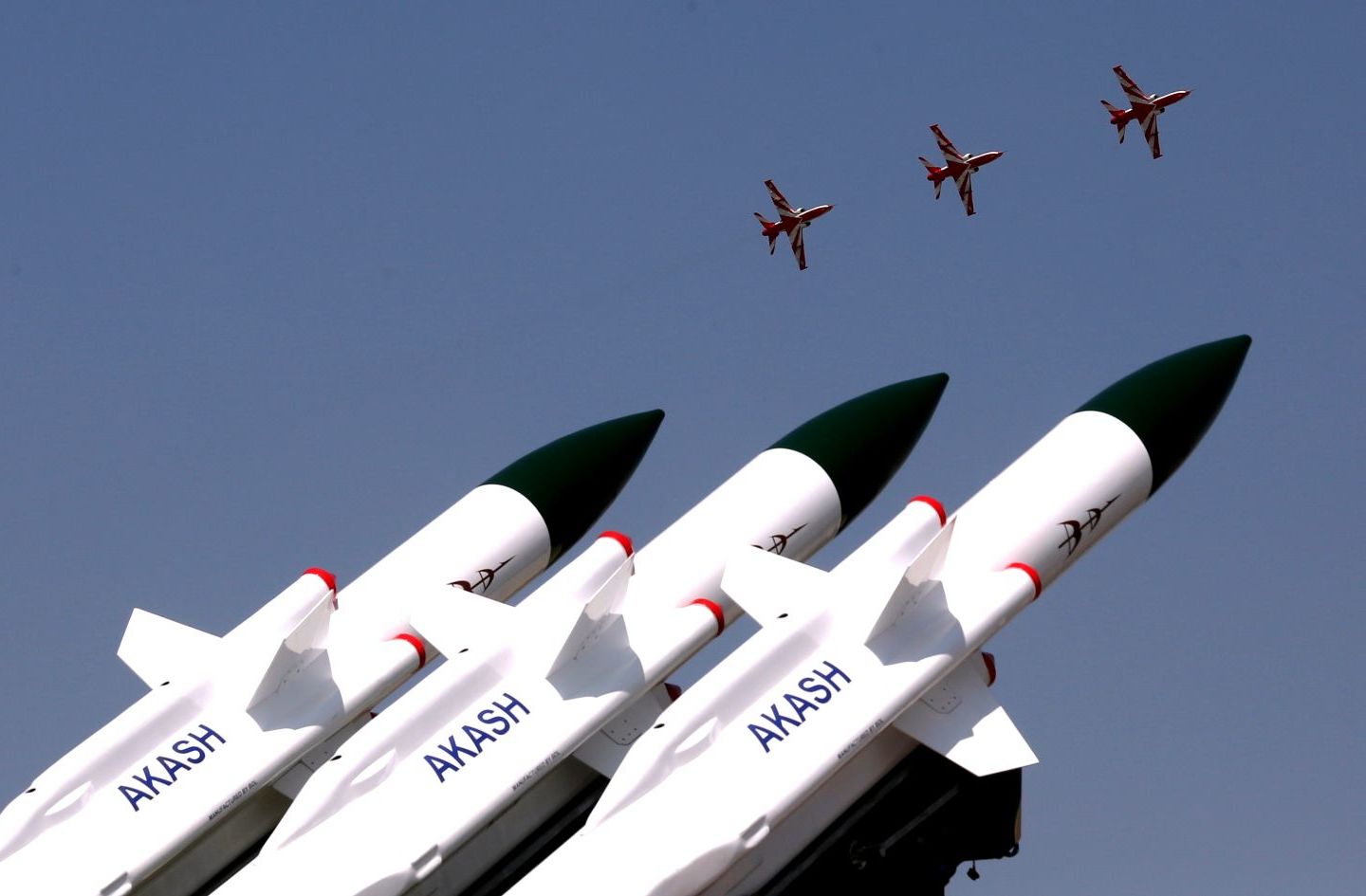

A report by the Baku-based Center for Analysis of International Relations (AIR Center), a think-tank closely aligned with Azerbaijan’s military establishment, has raised concerns about the effectiveness of India’s Akash surface-to-air missile (SAM) system in countering Turkish-supplied unmanned aerial vehicles (UAVs) used by Azerbaijan in recent clashes with Armenia.
The report, cited in Indian media and discussed in regional security forums, underscores the strategic implications of India’s $720 million deal to supply 15 Akash SAM systems to Armenia, finalized in 2022 and with deliveries commencing in November 2024. As Armenia bolsters its air defenses to counter Azerbaijan’s drone-centric warfare, the AIR Center’s analysis highlights the tactical challenges posed by the Akash system and its potential to alter the balance in the South Caucasus conflict, while reflecting Azerbaijan’s broader unease over India’s growing defence ties with Yerevan.
Continue readingSOURCE: AFI


The Indian Army has called for significant amendments to the Defence Procurement Manual (DPM), highlighting a systemic bias favoring Defence Public Sector Undertakings (PSUs) that hampers fair competition with private industry. Speaking at a PHD Chambers of Commerce and Industry (PHDCCI) event on April 21, 2025, Lt Gen Amardeep Singh Aujla, Master General Sustenance, emphasized the need for a common level playing field to realize the goals of Aatmanirbhar Bharat (self-reliant India) in the military domain.
The proposed changes, reported by The Hindu BusinessLine, aim to address procedural frictions, encourage private sector innovation, and align procurement with India’s ambitions under the “Make in India” initiative and the Indigenously Designed, Developed, and Manufactured (IDDM) framework.
Continue readingSOURCE: AFI


Tata Advanced Systems Limited (TASL) has achieved a major milestone in India’s aerospace manufacturing journey with the delivery of the 300th Pilatus aircraft fuselage in March 2025, further cementing its reputation as a global leader in precision engineering and aerospace manufacturing.
The fuselage, part of the Pilatus PC-12 and PC-21 aircraft programs, was manufactured at TASL’s state-of-the-art facility and marks over a decade of successful collaboration between Tata and Pilatus Aircraft Ltd, the Swiss aerospace company renowned for its training and utility aircraft.
Continue readingSOURCE: IDRW.ORG


In 2023, the International Panel on Fissile Materials estimated that India possesses approximately 680 kilograms of weapon-grade plutonium, sufficient to produce 130 to 210 nuclear warheads. This assessment, detailed in reports from the Bulletin of the Atomic Scientists, underscores India’s growing nuclear capabilities, driven by its unsafeguarded reactors and stockpiles of fissile materials.
However, analyses by researchers like Syed Sadam Hussain Shah and Syed Javaid Khurshid, affiliated with Pakistan’s Center for International Strategic Studies and Atomic Energy Commission, suggest a far larger potential, estimating India’s capacity at 356 to 492 plutonium-based nuclear weapons. A 2017 discussion paper by Mansoor Ahmed for Harvard University’s Belfer Center takes this further, projecting a staggering capacity of up to 2,686 nuclear weapons if India leverages its reactor-grade plutonium stockpile. These divergent estimates, combined with India’s reactor infrastructure and fissile material reserves, highlight the complexity and strategic implications of India’s nuclear program as of April 2025.
Continue readingSOURCE: IDRW.ORG


Hindustan Aeronautics Limited (HAL), a linchpin of India’s defence manufacturing, finds itself at a crossroads as it grapples with the fallout from the grounding of over 330 Advanced Light Helicopters (ALHs) following a fatal Indian Coast Guard crash in January 2025. The incident, which claimed lives and exposed potential flaws in the ALH platform, has sparked widespread concern among the armed forces, the Ministry of Defence (MoD), and the domestic defence community.
Yet, HAL’s response—a mix of defensiveness, deflection, and disdain for its critics—has done little to inspire confidence. Instead, it reveals a troubling organisational hubris that threatens to undermine India’s self-reliance in defence.
Continue readingSOURCE: AFI


In the late 1990s, India embarked on a landmark defence deal with Russia to acquire 272 Su-30 MKI multirole fighter jets, a cornerstone of the Indian Air Force (IAF) that remains its backbone today. Valued at approximately ?55,000 crore ($6 billion at the time), the agreement aimed to bolster India’s airpower amid regional threats from China and Pakistan.
However, the deal, which involved assembling aircraft in India using Russian-supplied kits, lacked provisions for technology transfer (ToT), leaving Hindustan Aeronautics Limited (HAL) unable to manufacture the jets independently. Dubbed the “Su-30 mistake,” this experience has profoundly shaped India’s defence procurement strategy, driving its insistence on complete ToT and local manufacturing under the “Make in India” initiative to ensure self-reliance and avoid repeating costly errors.
Continue readingSOURCE: AFI
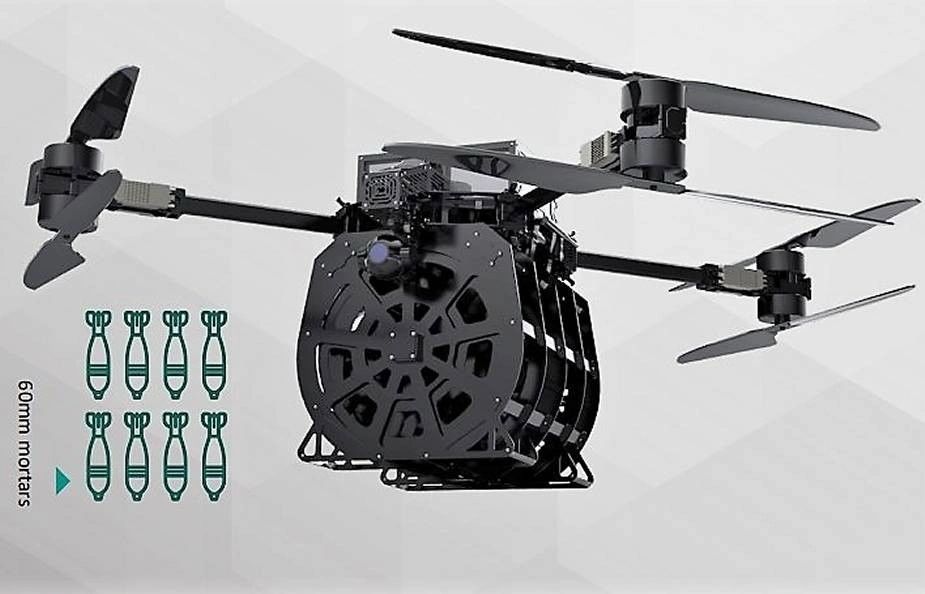

In a significant development underscoring geopolitical sensitivities in the Indo-Pacific, Taiwan-based drone manufacturer DronesVision has categorically denied any collaboration or ongoing talks with a Pakistan military-backed company, dispelling reports of a potential deal to supply combat unmanned aerial vehicles (UAVs).
The Keelung City-based firm, a key supplier of militarized drones to India, issued a firm statement to The Sunday Guardian, emphasizing its adherence to Taiwan’s strict export regulations and national policy, which restrict dealings with certain countries, including Pakistan. The rebuttal, reported on April 20, 2025, highlights the complex interplay of defence technology proliferation, Taiwan’s strategic partnership with India, and Pakistan’s alignment with China, Taiwan’s principal adversary.
Continue readingSOURCE: AFI
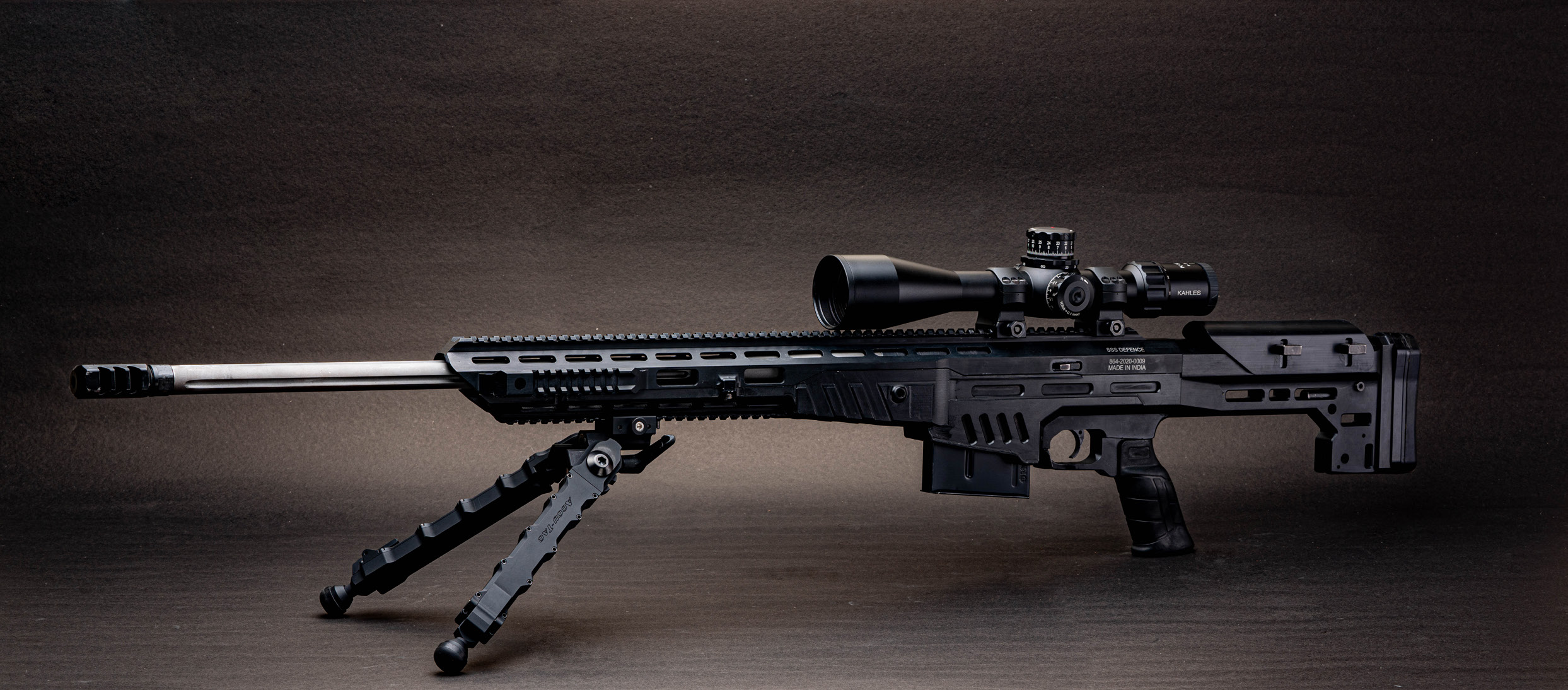

The Central Reserve Police Force (CRPF), India’s largest paramilitary force, is set to hold fresh trials for the procurement of 200 sniper rifles and 20,000 rounds of .338 Lapua Magnum ammunition following a Delhi High Court ruling on April 8, 2025. The decision comes after Bengaluru-based SSS Defence, one of three bidders, challenged the tender process, alleging that competitors used non-compliant ammunition during trials, violating tender specifications.
The court’s intervention has quashed the CRPF’s rejection of SSS Defence’s bid and mandated a retrial within 45 days, highlighting the importance of transparency and fairness in defence procurement. This development, reported exclusively by ThePrint, underscores India’s push for indigenous defence manufacturing while exposing challenges in ensuring equitable tender processes.
Continue readingSOURCE: AFI


Recent claims by Pakistani YouTube channels and defence enthusiasts, hyping the prospect of Pakistan acquiring China’s elusive sixth-generation fighter jets by 2030, have been met with a reality check from Chinese-affiliated handles on X. Following reports of Pakistan Air Force (PAF) Chief Air Chief Marshal Zaheer Ahmad Babar’s visit to Beijing, where he allegedly secured assurances for these advanced jets, sources close to China’s defence establishment have dismissed the possibility of exports, likening the sixth-generation platforms to the closely guarded J-20 stealth fighter, which remains off the export list.
With two sixth-generation prototypes—the Chengdu J-36 and Shenyang J-50—spotted in test flights since December 2024, China’s focus appears to be on domestic deployment, leaving Pakistan’s ambitions to counter India’s airpower in question. This development, covered by South China Morning Post and Indian Defence Research Wing, underscores the strategic and technological constraints shaping Sino-Pakistani defence ties.
Continue readingSOURCE: AFI


A viral image of a Mahindra XUV3OO bearing the tag “Ex-Balakot Air Strike Team” on its rear windshield has taken social media platform X (formerly Twitter) by storm. The photo, which appears to have been clicked on an Indian street, has led to a wave of admiration, curiosity, and caution among netizens.
While many users expressed pride and reverence for the individual associated with one of India’s most significant military operations in recent history—the 2019 Balakot air strikes—others raised concerns about the implications of publicly flaunting such a sensitive affiliation.
Continue reading